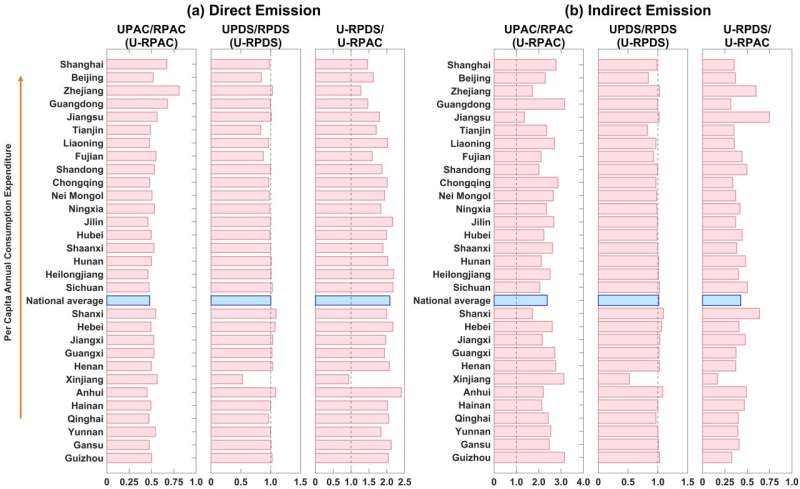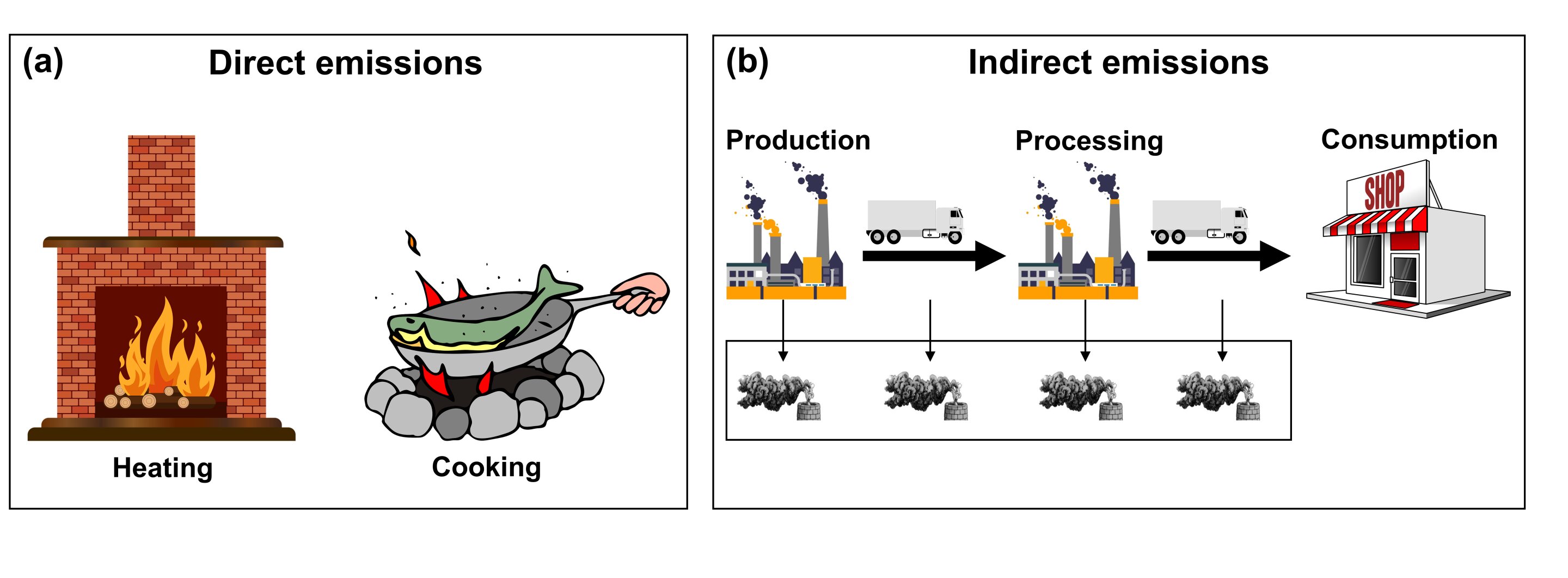Household consumption in China is associated with substantial PM2.5 pollution through activities directly (i.e., fuel use) and/or indirectly (i.e., consumption of goods and services) causing pollutant emissions. Urban and rural households exhibit different consumption preferences and living areas; thus, their contributions to and suffering from air pollution could differ.
Assessing this contrast is crucial for comprehending the environmental impacts of the nation’s ongoing urbanization process. Here, researchers quantify Chinese urban and rural households’ contributions to ambient PM2.5 pollution and the health risks they suffer from by integrating economic, atmospheric, and health models and/or datasets.
The national premature deaths related to long-term exposure to PM2.5 pollution contributed by total household consumption is estimated to be 1.1 million cases in 2015, among which 56% are urban households, and 44% are rural households. For pollution contributed indirectly, urban households, especially in developed provinces, tend to bear lower mortality risks compared with the portions of deaths or pollution they contribute. The opposite results are true for direct pollution.

With China’s rapid urbanization process, the increased indirect pollution-associated premature deaths could largely offset that avoided by reduced direct pollution, and the indirect pollution-associated urban-rural inequalities might become severe. Developing pollution mitigation strategies from both the production and consumption sides could help with reducing pollution-related mortality and associated urban-rural inequality.
The work is published in the journal Science Bulletin.
More information:
Jingxu Wang et al, Direct and indirect consumption activities drive distinct urban-rural inequalities in air pollution-related mortality in China, Science Bulletin (2023). DOI: 10.1016/j.scib.2023.12.023
Citation:
Direct and indirect consumption activities drive urban-rural inequalities in air pollution-related mortality in China (2024, March 28)
retrieved 28 March 2024
from https://phys.org/news/2024-03-indirect-consumption-urban-rural-inequalities.html
This document is subject to copyright. Apart from any fair dealing for the purpose of private study or research, no
part may be reproduced without the written permission. The content is provided for information purposes only.


